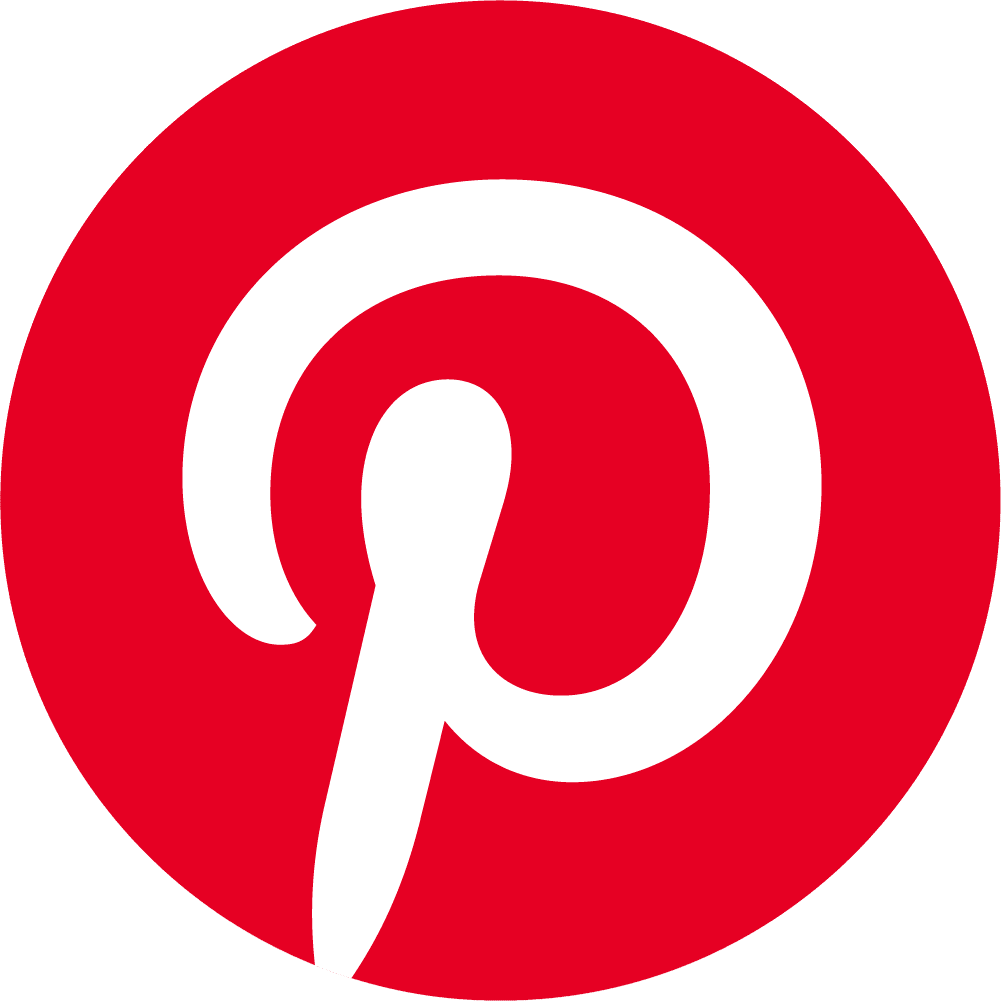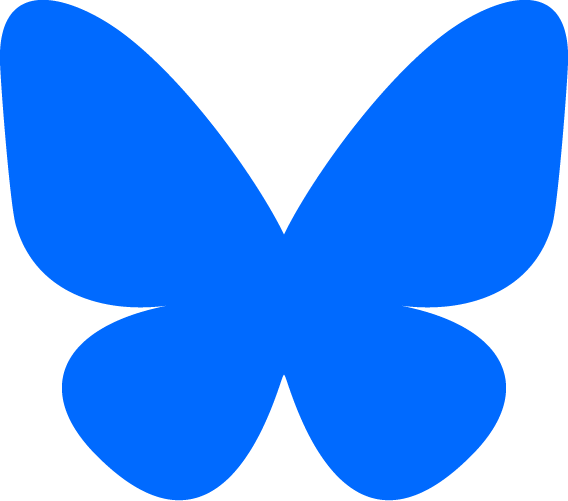Sources |
|
The sources below are cited by pages on MinnesotaSeasons.com. This is not a complete list of resources used in compiling species profiles for MinnesotaSeasons.com. |
|
Native Plant Communities |
|
| 1. | The Minnesota Biological Survey, Minnesota Department of Natural Resources, Division of Ecological Resources |
Distribution |
|
| 2. | Kartesz, J.T., The Biota of North America Program (BONAP). 2013. North American Plant Atlas. https://bonap.net/Napa/Genus/Traditional/County. Chapel Hill, N.C. [maps generated from Kartesz, J.T. 2013. Floristic Synthesis of North America, Version 1.0. Biota of North America Program (BONAP). (in press)]. |
| 3. | USDA, NRCS. 2011. The PLANTS Database (plants.usda.gov, 14 December 2011). National Plant Data Team, Greensboro, NC 27401-4901 USA. https://plants.usda.gov/home. |
| 4. | Minnesota Biodiversity Atlas, Bell Museum of Natural History Herbarium, Specimens Database. search.bellmuseum.umn.edu. Biodiversity occurrence data published by: Minnesota Biodiversity Atlas (accessed through the Minnesota Biodiversity Atlas Portal, bellatlas.umn.edu, XX/XX/XXXX). |
| 5. | Ownbey, Gerald B., and Thomas Morley. 1991. Vascular Plants of Minnesota: A Checklist and Atlas. The University of Minnesota Press, Minneapolis, MN. |
| 6. | Minnesota Department of Natural Resources, Division of Ecological Resources. 2008. Rare Species Guide: An online encyclopedia of Minnesota’s rare native plants and animals. Minnesota Department of Natural Resources, St. Paul, Minnesota. www.dnr.state.mn.us/rsg/index.html. |
| 7. | Valo, John. Locations listed as Sightings on species page. www.MinnesotaSeasons.com. |
| 8. | Smith, Welby R. 2008. Trees and Shrubs of Minnesota: The Complete Guide to Species Identification. The University of Minnesota Press, Minneapolis, MN. |
| 9. | Turner, B.L., Overview of the Genus Baptisia (Leguminosae), Phytologia, December, 2006, |
| 10. | Janssens, Joannes A., and The Minnesota County Biological Survey, Minnesota Department of Natural Resources, State of Minnesota. County Atlas of Minnesota Mosses. May, 2000. www.dnr.state.mn.us/plants/flm/mossatlas/index.html. |
| 12. | North American Amphibian Monitoring Program. U.S. Geological Survey, Patuxent Wildlife Research Center. www.pwrc.usgs.gov/naamp/index.cfm?. |
| 13. | AniMap. Minnesota County Biological Survey, Minnesota Department of Natural Resources. Note: This site has retired. NOT AVAILABLE |
| 14. | Minnesota’s Amphibian and Reptile Distribution Maps. Minnesota County Biological Survey, Minnesota Department of Natural Resources. |
| 15. | Hazard, Evan B. 1982. The Mammals of Minnesota. University of Minnesota Press, Minneapolis, Minnesota. 280 pp. |
| 16. | Kondratieff, Boris C. (coordinator). 2000. Dragonflies and Damselflies (Odonata) of the United States. Jamestown, ND: Northern Prairie Wildlife Research Center Online. www.npwrc.usgs.gov/resource/distr/insects/dfly/index.htm (Version 12DEC2003). (Retired) |
| 17. | Haarstad, J. 1997. The dragonflies of selected eastern Minnesota rivers. Report submitted to the Minnesota Department of Natural Resources. Unpaged. |
| 18. | Abbott, J.C. 2007. OdonataCentral: An online resource for the distribution and identification of Odonata. Texas Natural Science Center, The University of Texas at Austin. Available at www.odonatacentral.org. |
| 19. | Haarstad, J. 1990. The Acrididae of Minnesota. Final report submitted to the Minnesota Department of Natural Resources. 28 pp. |
| 20. | Butterflies of Minnesota. Woodside Gardens The Registry of Nature Habitats. www.abirdshome.com/resource/mn/toc.htm. (This is the former Northern Prairie Wildlife Research Center Butterflies of North America Website. The Website was discontinued and some of the information was incorporated into the new Butterflies and Moths of North America Web site at www.butterfliesandmoths.org. The original pages, along with the original distribution maps, are found here.) |
| 21. | Opler, Paul A., Kelly Lotts, and Thomas Naberhaus, coordinators. 2012. Butterflies and Moths of North America. www.butterfliesandmoths.org/. Before 2011 it was a valuable source of distribution information for Lepidoptera. In 2011 Kelly Lotts and Thomas Naberhaus discarded the distribution information and relaunched the site with a new look. Currently, only the most recent 200± verified sightings in the United States are shown. |
| 22. | EDDMapS. 2013. Early Detection & Distribution Mapping System. The University of Georgia - Center for Invasive Species and Ecosystem Health. Available online at www.eddmaps.org/. |
| 23. | ECOS Environmental Conservation Online System, U.S. Fish & Wildlife Service: Listed species with spatial current range believed to or known to occur in Minnesota |
| 24. | Contributors to MinnesotaSeasons.com. All sightings accompanied with a photo of sufficient detail to allow identification. |
| 25. | Smith, Welby R. 2012. Native Orchids of Minnesota The University of Minnesota Press, Minneapolis, MN. |
| 26. | Mycology Collections Portal (MyCoPortal) https://www.mycoportal.org/portal/collections/index.php) |
| 27. | The Insects of Cedar Creek, Cedar Creek Ecosystem Science Reserve, www.cedarcreek.umn.edu/insects/albumframes/insectframe.html. |
| 28. | MNTaxa. Minnesota State checklist of vascular plants. Minnesota Department of Natural Resources, Division of Ecological and Water Resources, St. Paul. www.dnr.state.mn.us/eco/mcbs/plant_lists.html |
| 29. | The Global Biodiversity Information Facility: GBIF Backbone Taxonomy, 2013-07-01. www.gbif.org/species |
| 30. | iNaturalist.org web application at www.inaturalist.org/taxa. |
| 70. | Walker, T. J., and T. E. Moore. 2010. Singing insects of North America. https://orthsoc.org/sina/. |
| 71. | Quinn, Edward. M., and Ron Danielson. April 27, 2009. A Survey of Lepidoptera in Three Priority Areas of the Minnesota State Parks System. https://files.dnr.state.mn.us/eco/nongame/projects/consgrant_reports/2009 |
| 72. | NatureServe. 2021. NatureServe Explorer [web application]. NatureServe, Arlington, Virginia. Available explorer.natureserve.org. |
| 73. | USGS National Amphibian Atlas. https://armi.usgs.gov/atlas/. |
| 74. | Minnesota Department of Natural Resources, Nongame Wildlife Program. 2010. Snakes and Lizards of Minnesota. |
| 75. | Moth Photographers Group. https://mothphotographersgroup.msstate.edu/ |
| 76. | VertNet Portal. http://portal.vertnet.org/search |
| 77. | Wilson, N., Hollinger, J. 2006-present. Mushroom Observer. http://mushroomobserver.org |
| 78. | Amphibian & Reptile Survey of Minnesota. www.mnherps.com/ |
| 79. | Janssens, J.A. 2014. Noteworthy Mosses & Liverworts of Minnesota, Part II: Species Fact Sheets. Minnesota Department of Natural Resources 2014, 208 pp. |
| 80. | antmaps.org. http://antmaps.org/? |
| 81. | The Consortium of North American Lichen Herbaria (CNALH) https://lichenportal.org/cnalh/index.php |
| 84. | Smith, Welby R. 2018. Sedges and Rushes of Minnesota. The University of Minnesota Press, Minneapolis, MN. |
Taxonomy |
|
| 31. | Maddison, D. R. and K.-S. Schulz (eds.) 2007. The Tree of Life Web Project. Internet address: http://tolweb.org/tree/. |
| 32. | Funk, V.A. & Bonifacino, J.M.. Compositae Supertree Revisited. 2009. www.compositae.org/index.html. |
| 34. | National Center for Biotechnology Information (NCBI). Sayers EW, Barrett T, Benson DA, Bryant SH, Canese K, Chetvernin V, Church DM, DiCuccio M, Edgar R, Federhen S, Feolo M, Geer LY, Helmberg W, Kapustin Y, Landsman D, Lipman DJ, Madden TL, Maglott DR, Miller V, Mizrachi I, Ostell J, Pruitt KD, Schuler GD, Sequeira E, Sherry ST, Shumway M, Sirotkin K, Souvorov A, Starchenko G, Tatusova TA, Wagner L, Yaschenko E, Ye J (2009). Database resources of the National Center for Biotechnology Information. Nucleic Acids Res. 2009 Jan;37(Database issue):D5-15. Epub 2008 Oct 21. www.ncbi.nlm.nih.gov/taxonomy |
| 35. | Michener, Charles D. The Bees of the World. Baltimore: John Hopkins University Press, 2007. |
| 36. | The Plant List (2010). Version 1. Published on the Internet; www.theplantlist.org/. |
| 37. | Integrated Taxonomic Information System on-line database, www.itis.gov. |
| 38. | USDA, ARS, National Genetic Resources Program. Germplasm Resources Information Network - (GRIN) [Online Database]. National Germplasm Resources Laboratory, Beltsville, Maryland. URL: www.ars-grin.gov/cgi-bin/npgs/html/tax_search.pl. |
Morphology |
|
| 41. | Gleason, H. A. and A. Cronquist. 1991. Manual of the Vascular Plants of Northeastern United States and Adjacent Canada. 2nd ed. New York Botanical Garden, NY. |
| 42. | Yatskievych, George, and Steyermark. 2006. Steyermark’s Flora of Missouri Volume 2. Jefferson City, Missouri: The Missouri Department of Conservation. |
| 43. | Voss, Edward G. 1996. Michigan Flora: A Guide to the Identification and Occurrence of the Native and Naturalized Seed-plants of the State. Pt. 3. Dicots (Pyrolaceas-compositae). Bloomfield Hills, Mich: Cranbrook Institute of Science. |
| 44. | Harris, James G., and Melinda Woolf Harris. 2004. Plant Identification Terminology: an illustrated glossary. Spring Lake: Spring Lake Publ. |
| 45. | Flora of North America Editorial Committee, eds. 1993+. Flora of North America North of Mexico. 12+ vols. New York and Oxford. |
| 46. | Stevens, P. F. (2001 onwards). Angiosperm Phylogeny Website. Version 9, June 2008 [and more or less continuously updated since]." www.mobot.org/MOBOT/research/APweb/. |
| 47. | Marzinek, Juliana, and Orlando Cavalari De-paula, Denise Maria, Trombert Oliveira, Cypsela or achene ? Refining terminology by considering anatomical and historical factors, Revista Brasileira de Botânica, 2008. |
| 60. | AmphibiaWeb: Information on amphibian biology and conservation. [web application]. 2013. Berkeley, California: AmphibiaWeb. Available: amphibiaweb.org/. |
| 61. | Frost, Darrel R. 2013. Amphibian Species of the World: an Online Reference. Version 5.6 (9 January 2013). Electronic Database accessible at research.amnh.org/herpetology/amphibia/index.html. American Museum of Natural History, New York, USA. |
| 62. | Chadde, Steve W. 2013. Minnesota Flora: An Illustrated Guide to the Vascular Plants of Minnesota. CreateSpace Independent Publishing Platform. |
| 82. | BugGuide.net; Iowa State University. BugGuide.net. |
| 83. | Discover Life. https://www.discoverlife.org/ |



